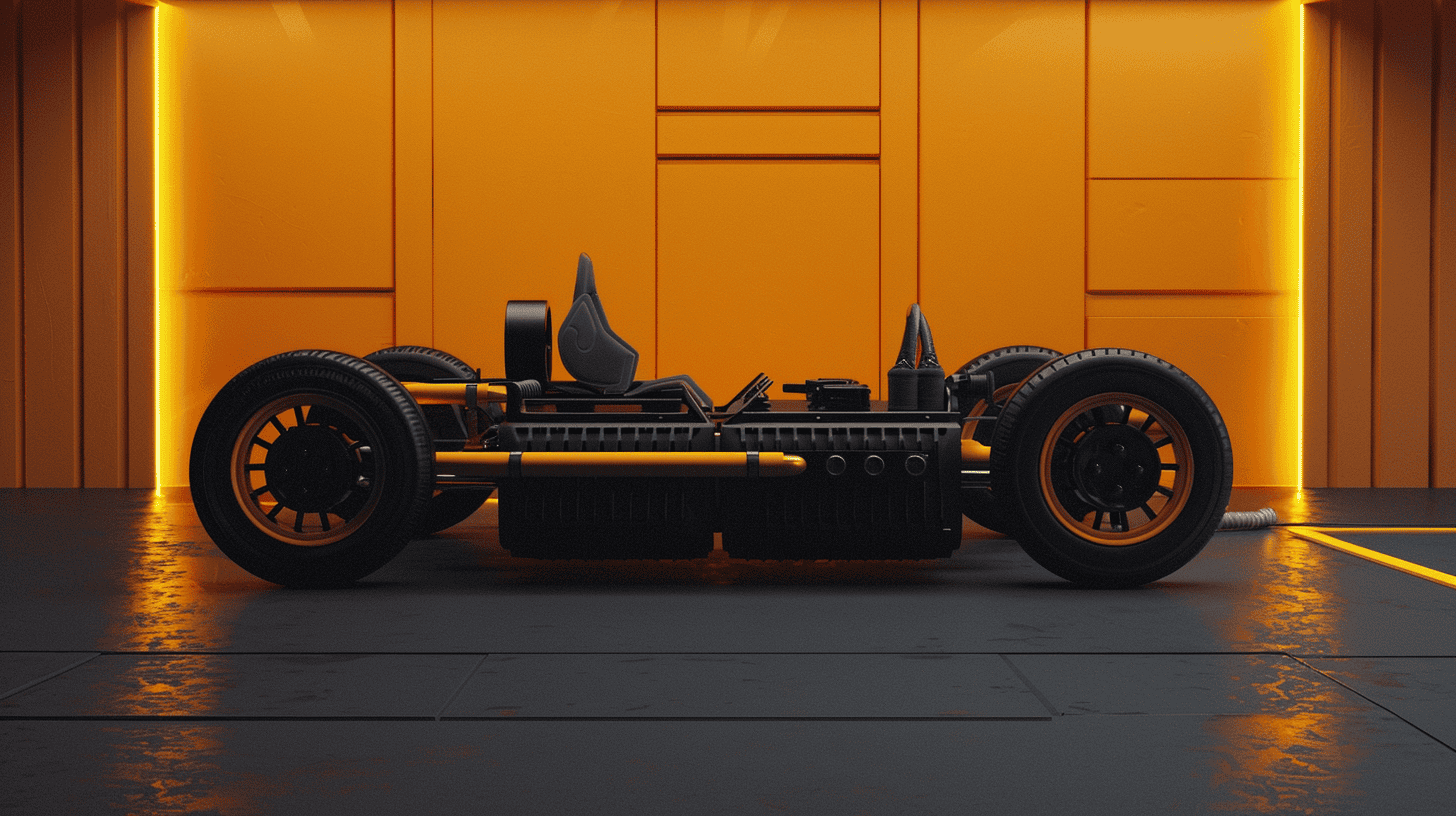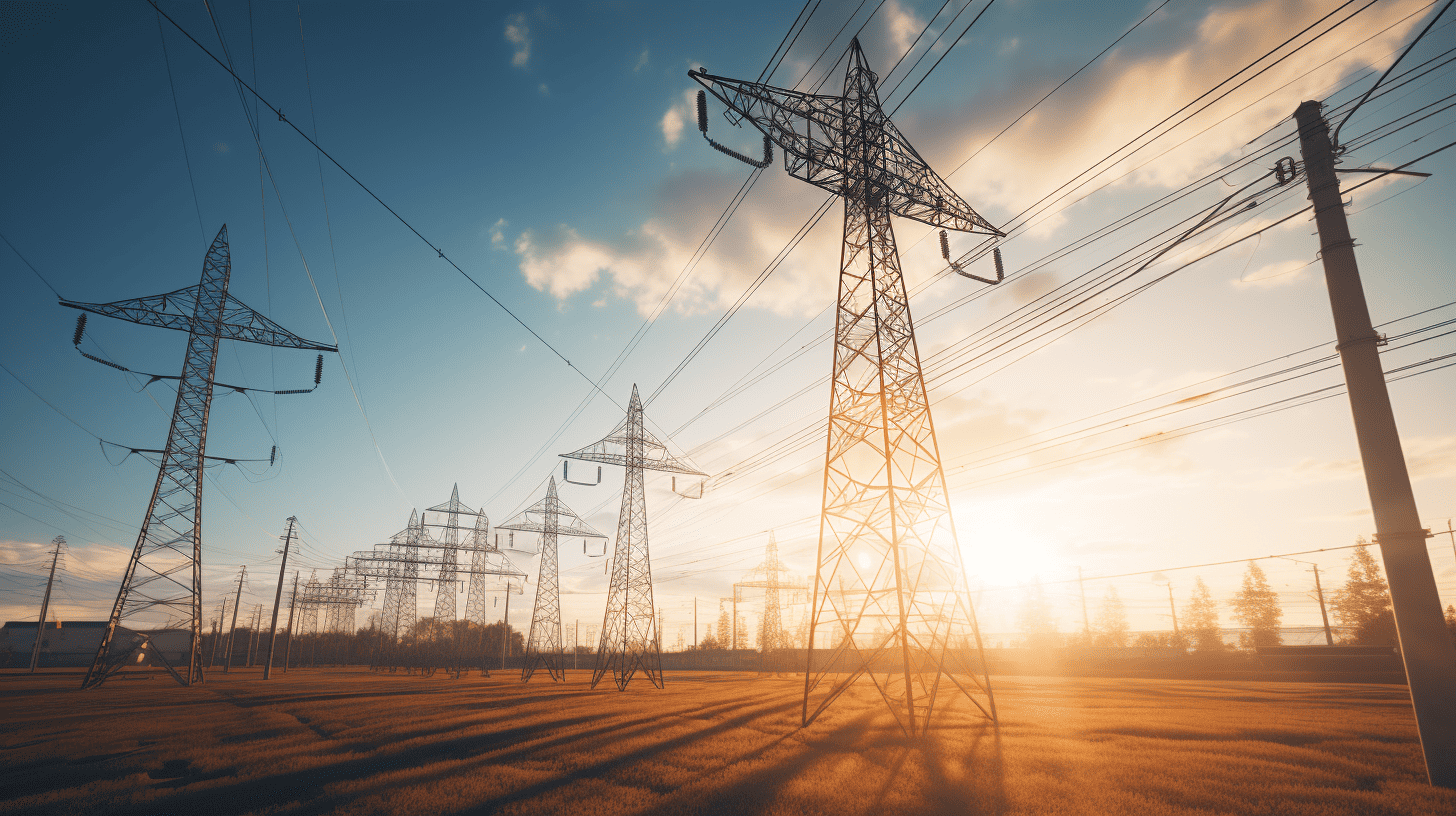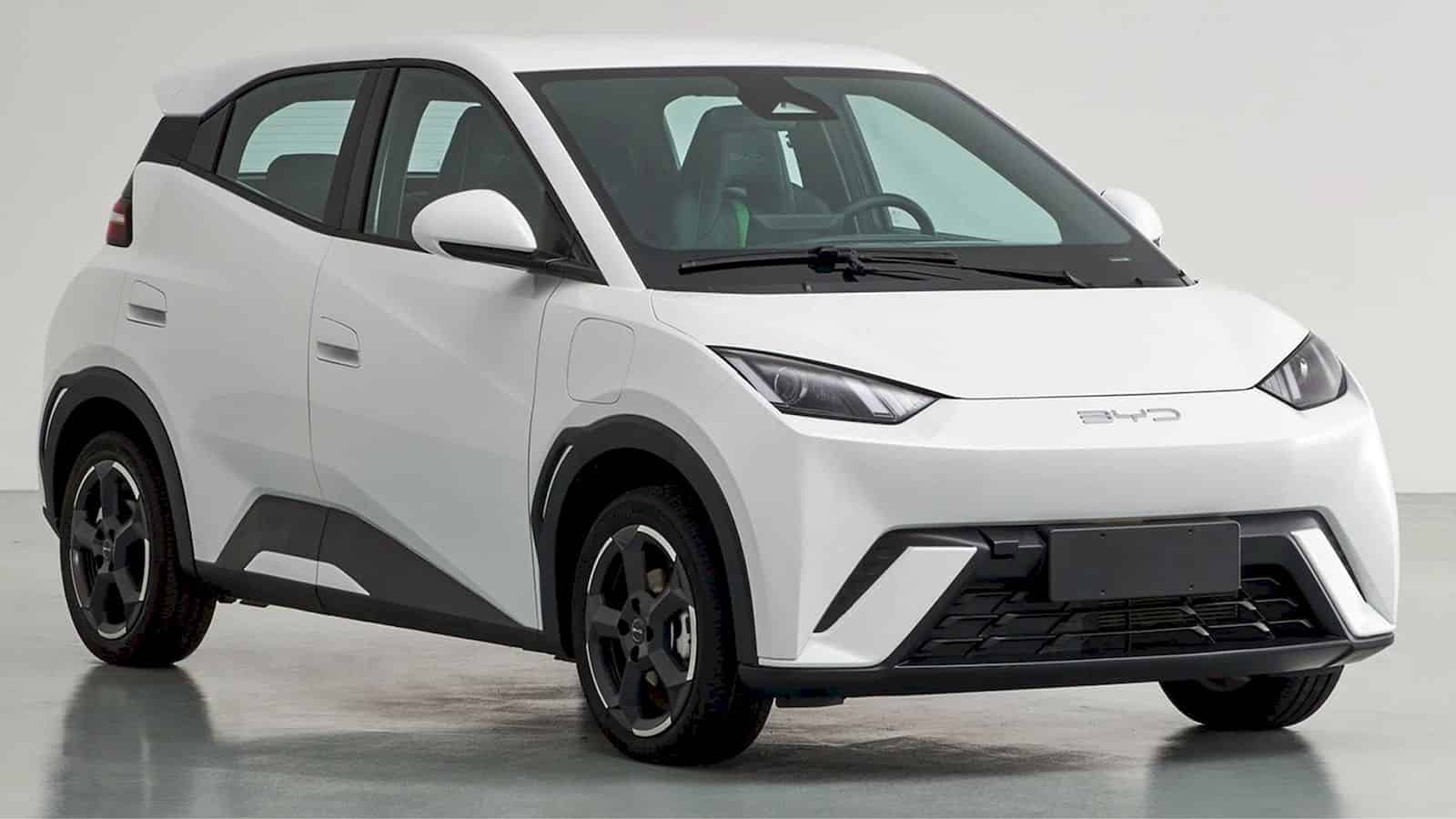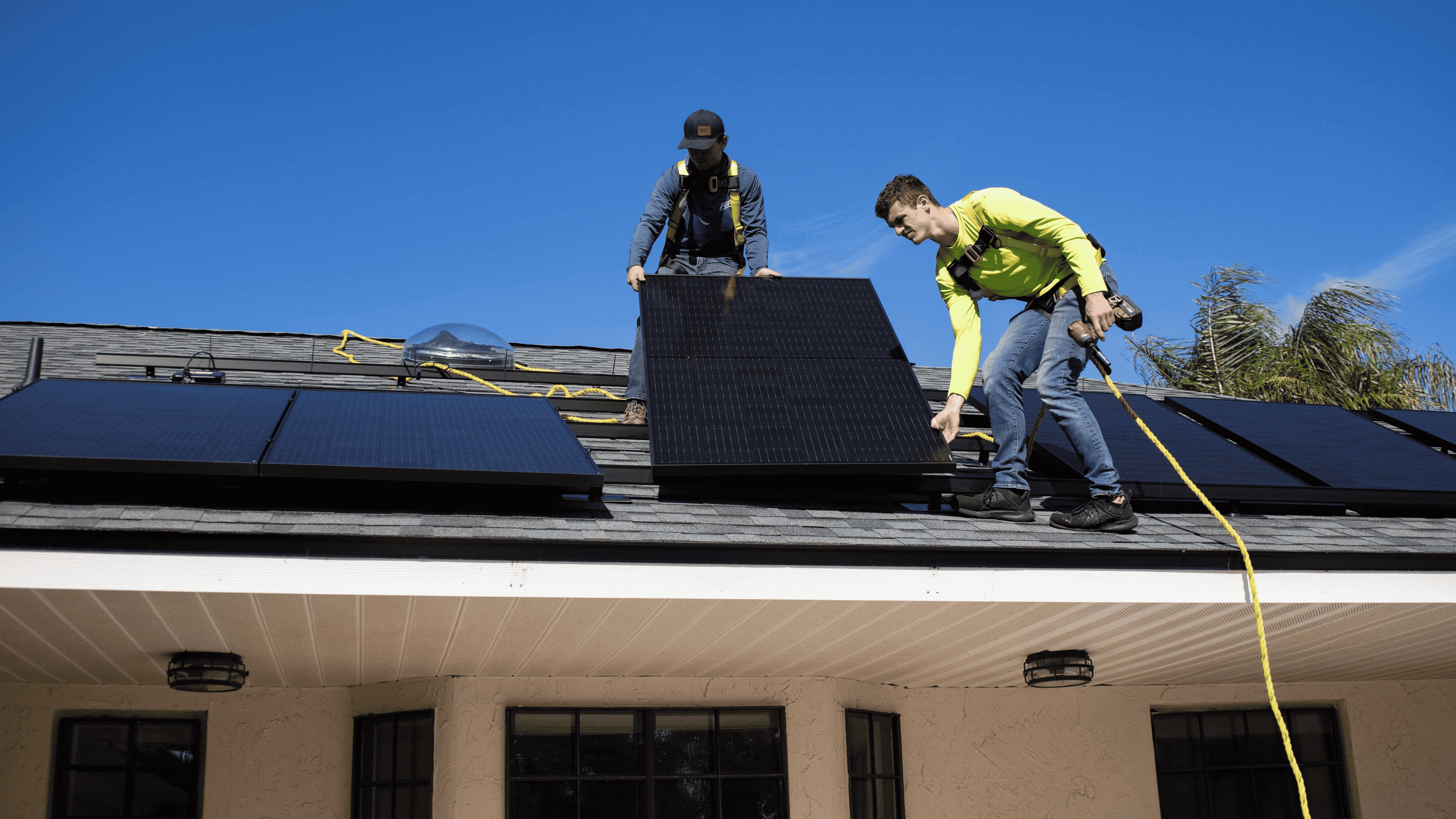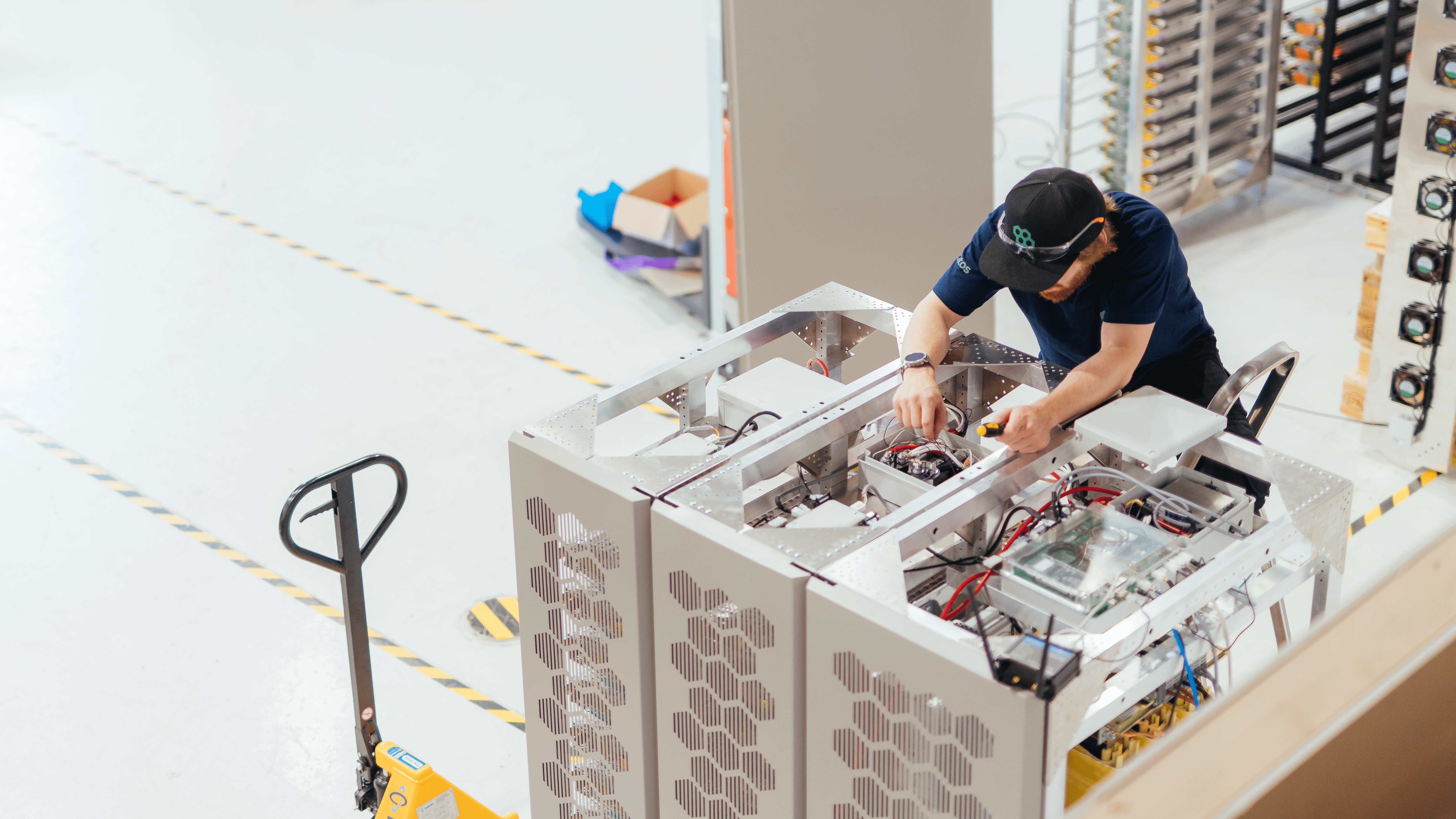
Although having used to drive thousands of kilometers, spent electric vehicle (EV) batteries can have a second life. The battery pack is the most expensive component of electric cars nowadays, and as recycling them is still not that easy, it might just be wiser to reuse them for something else.
What does a battery do? It stores energy, so why not use discarded EV batteries for stationary storage? These three companies have found a way to kill two birds with one stone: revalorizing batteries and developing new storage technologies – very much in need to stash excess power from solar panels and wind turbines.
- The battery pack is the most expensive component of an electric car, so why not give them a second life?
- Cactos designed stationary energy storage using Tesla Model S batteries.
- BeePlanet Factory’s storage units made with EV batteries can get up to a MWh capacity.
- Connected Energy’s ESTOR caters to commercial uses, stashing up to 360 kWh.
Cactos
Like cactuses store and optimize water use, Finnish start-up Cactos developed Cactos One, a 100-kilowatt-hour battery pack made with Tesla Model S batteries. The device features 50 kilowatts of charging and discharging power, and it’s controlled through a cloud system. “We are providing our customers with a hassle-free way to store energy,” previously told Innovation Origins Cactos’s co-founder Oskari Jaakkola. The start-up produces, operates, and leases the storage units, as customers only have to pay a monthly fee for the service.
Cactos Spine is the cloud control unit that makes the storage units smart. This technology allows the battery to shift load, charging itself when electricity is cheap and discharging when it’s more expensive. Additionally, Cactos One is also capable of peak shaving, with EV charging locations that can discharge automatically when there is more power demand, saving costs from peak energy charges. The storage unit can also work as an electricity buffer in case of blackouts and balances the grid by delivering reserve market capacity, allowing for a higher renewable power intake.

BeePlanet Factory
The Spanish BeePlanet Factory also makes storage units. What’s so special about them? Their units are modular and can stash up to a MWh of power. The company developed a round process to manage the whole value chain for spent EV batteries. Having struck deals with European and Asian carmakers, they collect batteries at the end of their cycles. Then, they conduct an in-house diagnosis to check the batteries’ status to implement maximum storage capacity. The fabrication phase can start, followed by the on-site installation. Moreover, BeePlanet Factory also collects the batteries at the end of their second-life cycle, replacing and recycling the stack.
The Spanish company repurposes EV batteries for different use cases. Beeplanet offers systems from four kWh to over a MWh capacity. Their Home ESS allows accumulating excess energy from solar panels, using power whenever needed. The Power ESS, instead, is designed for commercial and industrial applications. The system is modular and scalable, with 46 kWh racks that can reach MWh capacity. A cloud that collects all battery information complements the storage units. This way, Beeplanet can monitor the batteries and predict maintenance.

Connected Energy
Need to stack more stationary storage? Connected Energy got you covered. E-STOR is their flagship storage unit and can stash up to 360 kWh. Each one of their packs is made with 24- second life Renault EV batteries. The storage unit comes in a 20ft container, and it’s designed for commercial applications. More E-STOR can be connected, scaling up capacity depending on the needs.
Storage units are controlled through a software system, which automates and optimizes its functioning. This software’s feature establishes a hierarchy of rules, making the system respond to the user’s priorities.
The energy management system can harvest solar energy during the day to make it available for night hours or charge the battery when electricity tariffs are lower. Furthermore, the platform features a seven days scheduler, creating different rules for each day of the week.

Storing the future
One of the points often raised against electric mobility is indeed the disposal at the end of their life cycle. Well, not anymore, as more and more companies are finding ways to reuse them for stationary storage. Although the problem remains, as new battery recycling technologies emerge, we can give EV battery packs a second life and store energy as we need it.


